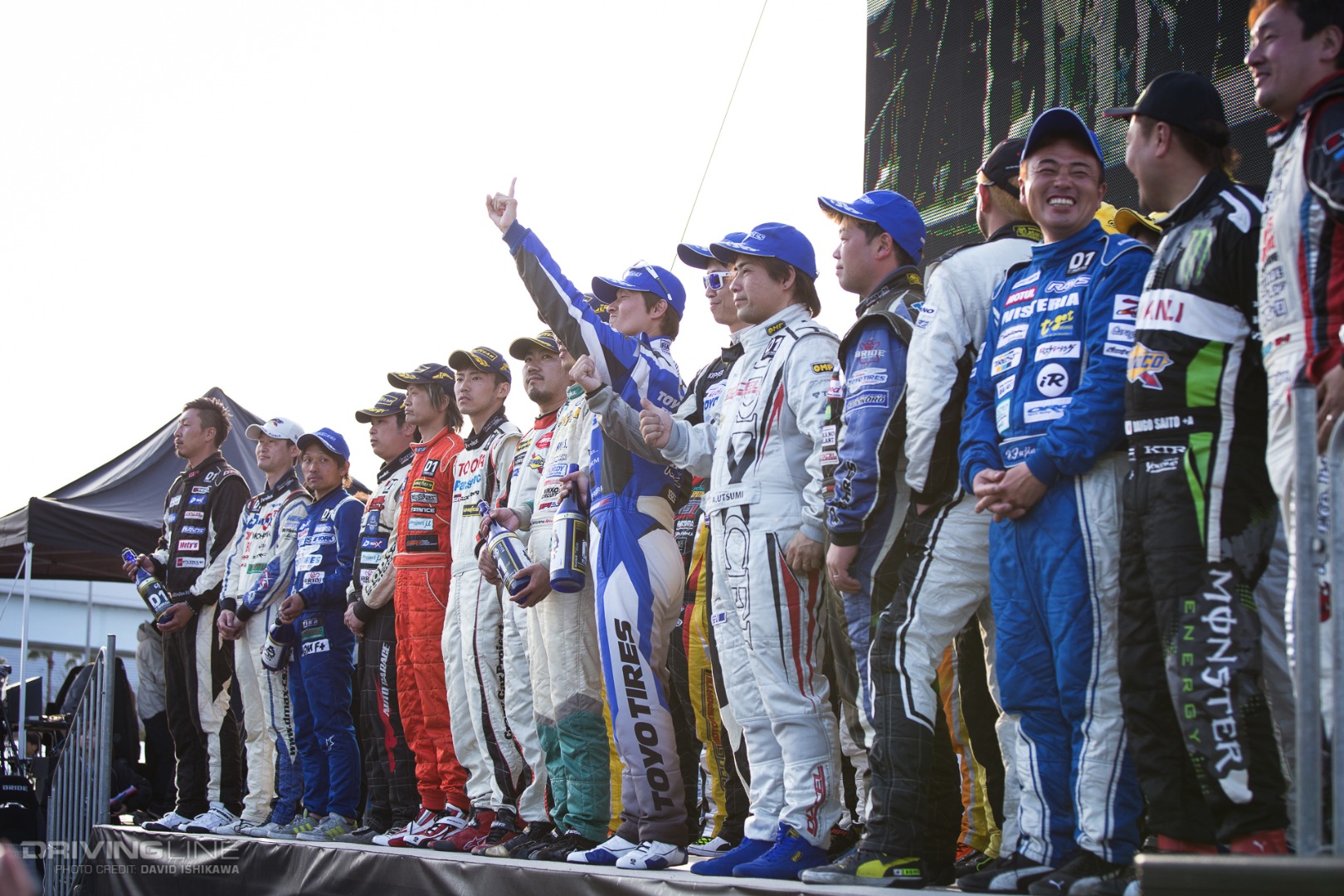The year 2000 was the inaugural event of what would become one of the greatest impacts on motorsports as we know it. That event was the first All Japan Professional Drift Championship, which would later be called D1 Grand Prix Professional Drift, or D1 for short. Today, most of us can see drifting in movies, television, Formula Drift or other grassroots events. But this wasn't always the case.
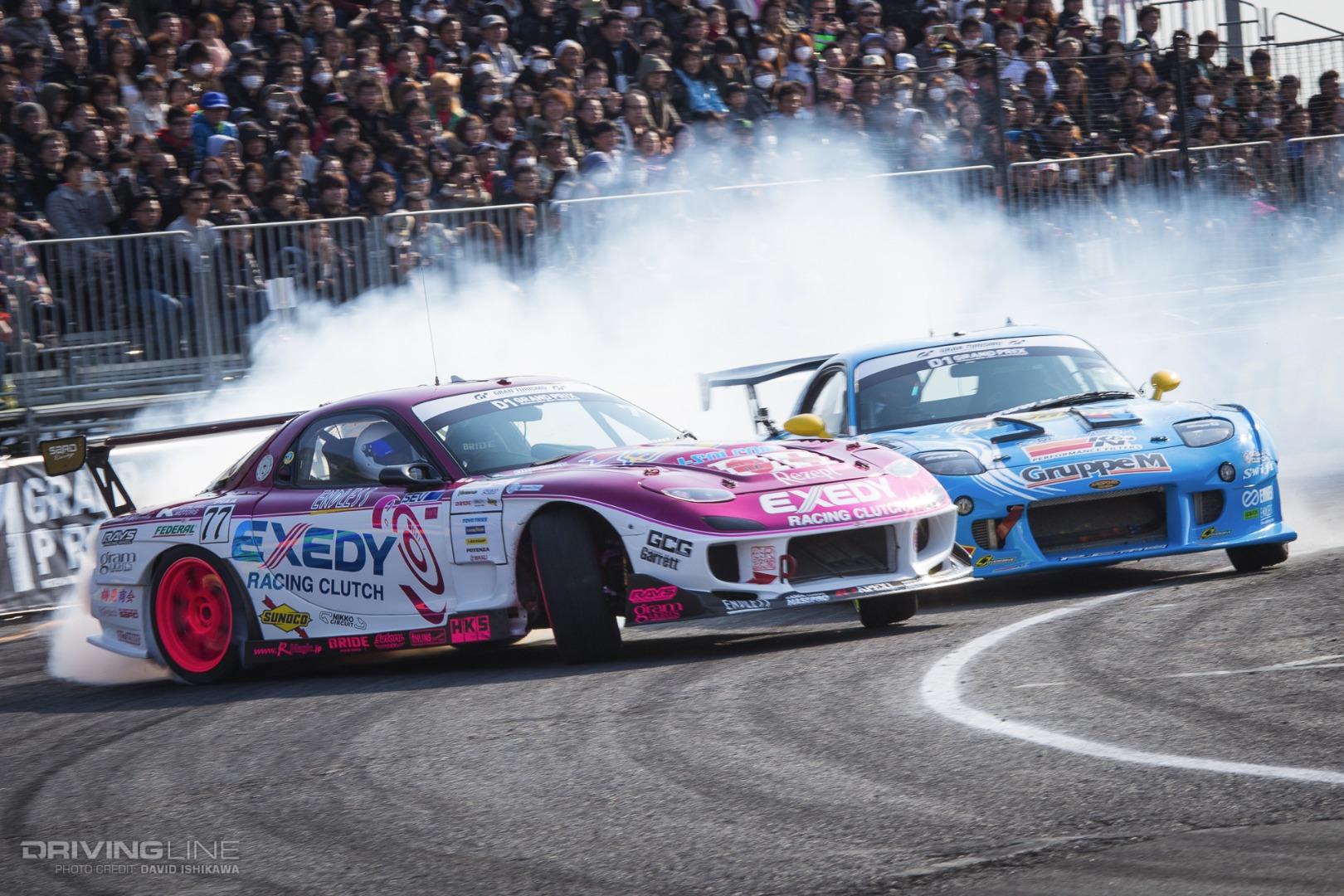
It Started in Japan
The well-informed know that D1 was not the first organized drift event or even first drift competition for that matter. It was, however, the series created by one of the largest media companies in Japan, San-Ei Shobo, owners of Option. Option not only featured drifting in its magazines but also its video series known as "Video Option."
In the U.S., if you wanted to find Option magazine, or more importantly Video Option, you had to search for a Japanese marketing, which usually had a Japanese bookstore or two. If you understood Japanese or had a friend that did, these were the best tutorials on car set-up and driving techniques. And even if you didn't understand Japanese, the entertainment value had us hooked.
My first taste of Video Option drifting was on VHS and where my friends and I were first introduced to the originators of the game. We became familiar with drifters like Kazama, Ueo, Taniguchi and Kumakubo just to name a few. Those names are now legends within the drifting community along with many others that were in those first videos.
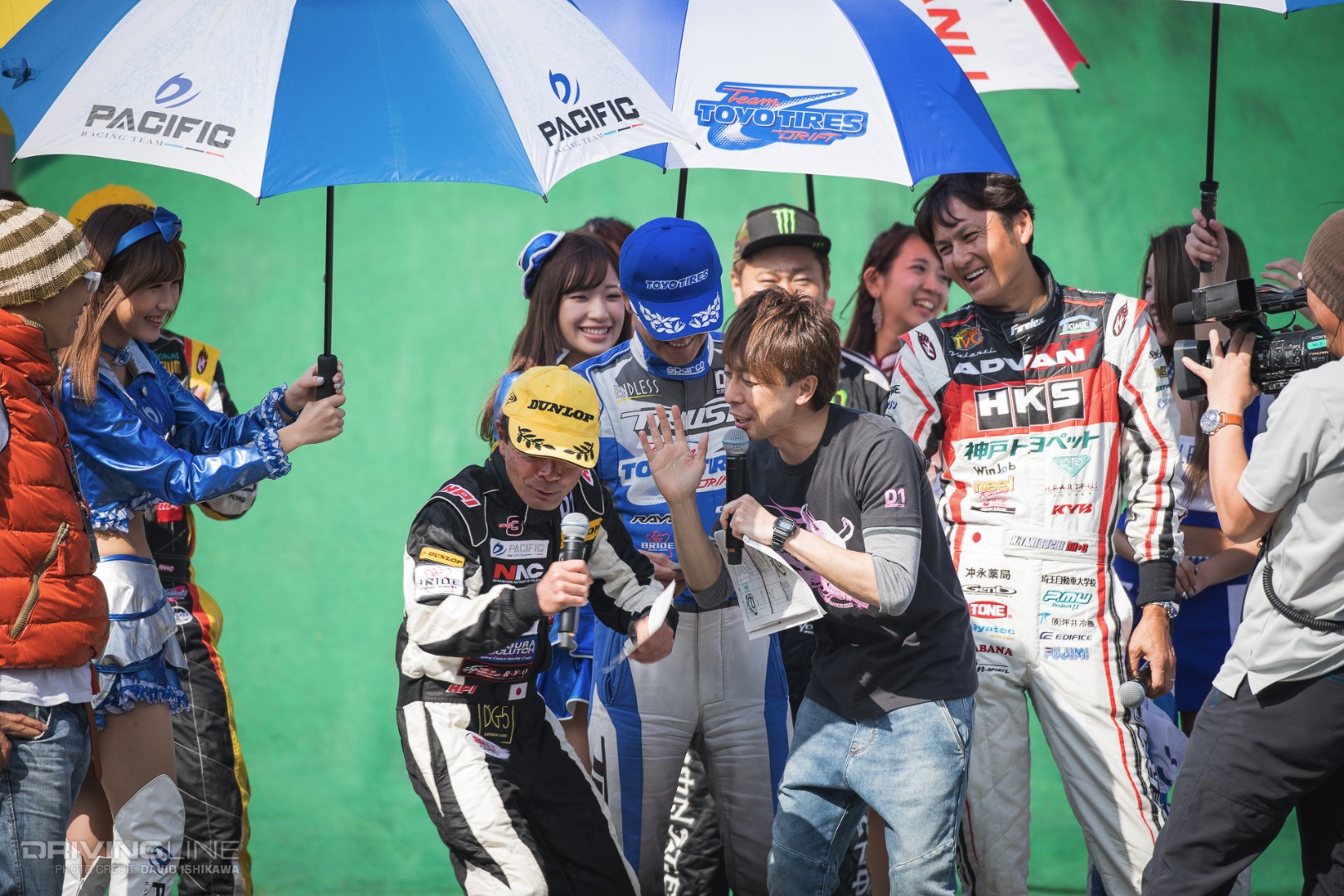
Coming to America
Drifting caught on fast as everyone scrambled to dump their "drag" cars to get their "drift" cars. Only three years after the first event, D1 came to the U.S. and held its first professional competition at Irwindale Speedway. The event was hugely popular, attracting fans from around North America to attend. The venue gained instant legendary status and affectionately earned nicknamed we are all familiar with today — "The House of Drift".
One key point of interest was how the American drivers would compare to Japanese drivers. As we know, Ueo won in the final versus Taniguchi, and with a tear-filled thank you, made it into a very memorable event. Although the American drivers didn't win, it wouldn't take long for the U.S. to break the invincible image of the Japanese drivers. In 2005, a young man named Vaughn Gittin Jr., in a classic American muscle car, beat the best drivers from Japan to claim the top spot on the podium.

D1 would return in 2007, but it would also be the final year for U.S. events. That didn't stop us from our monthly purchase of Option magazine and Video Option, but we were focusing on our own events and own builds. Like an evolutionary tree, the branches of drifting diverged internationally, and each region around the world developed their own series defined by their own regional style. With so many events happening, many stopped looking toward Japan. For example, in the U.S. we seemed to become obsessed with sticking V8s in everything.
Those that continued to follow D1 started to see the same drivers, the same cars and the same circuits year after year. Youichi Imamura won three years in a row between 2009 and 2011. A great driver and no doubt deserving; but there was something a bit predictable about D1, and a lot of fans started to lose interest. Some stopped following D1 entirely; admittedly, I was one of them.
New Found Love in Japan
Several years later, I was reintroduced to D1 after relocating to Japan. While attending the Tokyo Motor Show and Tokyo Auto Salon, I learned that there were D1 events in nearby Odaiba. I was reminded of the VHS videos and while I did attend events in the U.S., I had never witnessed any live in Japan. So in 2015, I attended my first D1 event in Japan. I was a bit leery of what to expect, but as I was walking to the event, the familiar sounds of screaming tires and external waste gates built up my anticipation. The event was, in a single word, awesome!
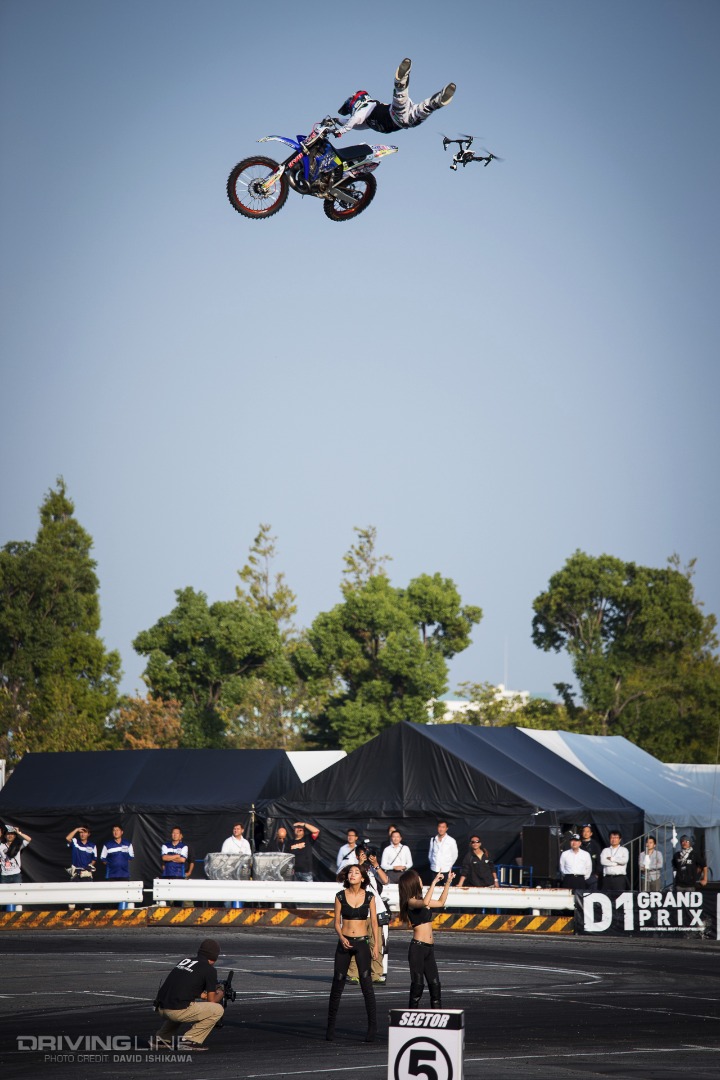
There were a lot of international drivers in attendance including Gocha and Tsaregradtsev from Russia, Shahua from China, Sceriffo from Italy, Tsu from Taiwan and Vaughn Gittin Jr. from good ol' US of A. This I believe is what made the rather predictable very interesting. This was also the event where Imamura and Saito went door to door in the Lexus LFA and Lamborghini Murciélago. Vaughn did an amazing job both during his competition runs and his exhibition runs alongside Saito's Lambo. The performance of his Mustang's V8 was quite unique to the Japanese audience.
It was exciting watching Gocha dive into the lead car, reminding me of the intensity of battles from the early years of D1. As all of the international drivers were being introduced, it felt a bit like a world championship-type event. I was hooked again, already looking forward to the 2016 season, especially the season finale.
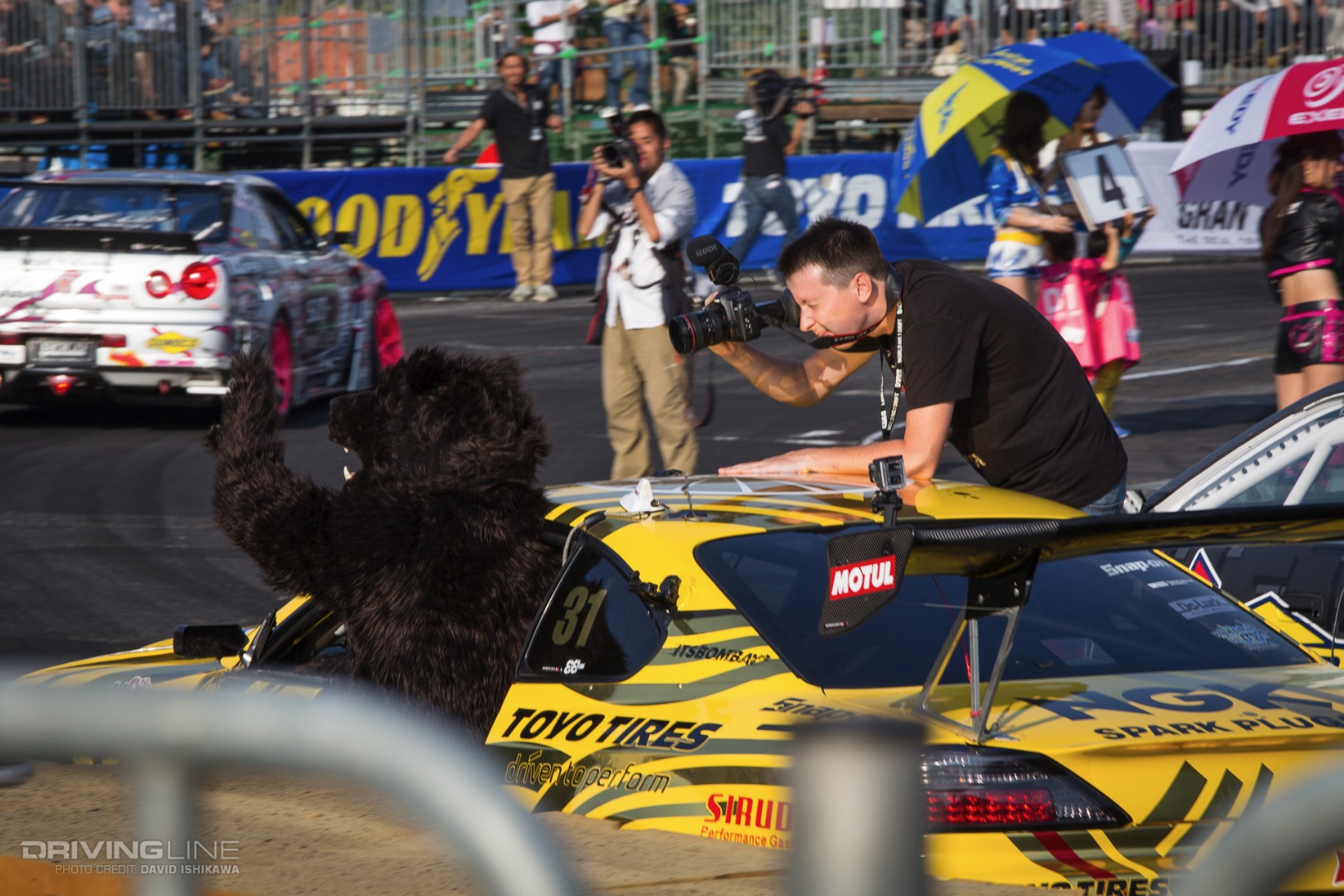
Current Situation
The final round returned to Odaiba, marking the end of the 2016 season. There was plenty of action especially between Daigo Saito and 2015 champion, Mastao Kawabata. Throughout their history together, it always seemed like Kawabata usually gets the better of Saito, but this time it was Saito who won the final round and also his first-ever series championship. It must have felt great for him to finally get a D1 series championship.
As good of a year it was for Saito, I am not so sure it was for the fans. Personally, it felt like a let-down compared to the same event the year before. The exact cause for that is not simple to answer, but it does relate to something we mentioned earlier: predictability.
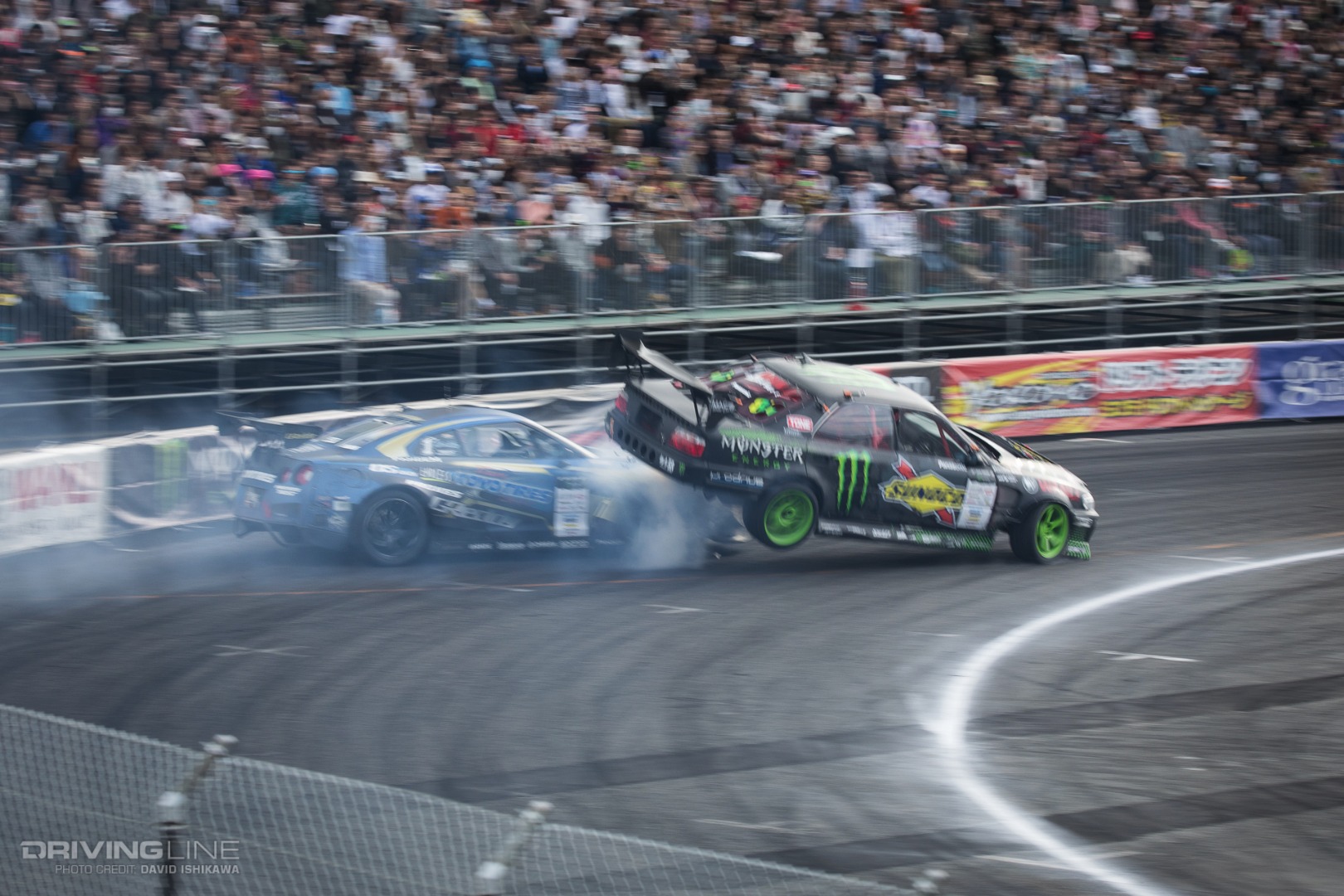
Just like any sport, there are the few elite players and teams. With no fault of their own, when only these few consistently win, the fans tend to abandon the sport due its predictability. D1 of course has its elite drivers, but during the 2015 season, there was a lot of unpredictability as new international drivers were added.
Without those new drivers, it felt like the event was more a production rather than a competition. There were the consistent top 32 qualifiers and the top 16 who entered the tandem competition. The only thing that seemed to be unpredictable were mechanical failures.
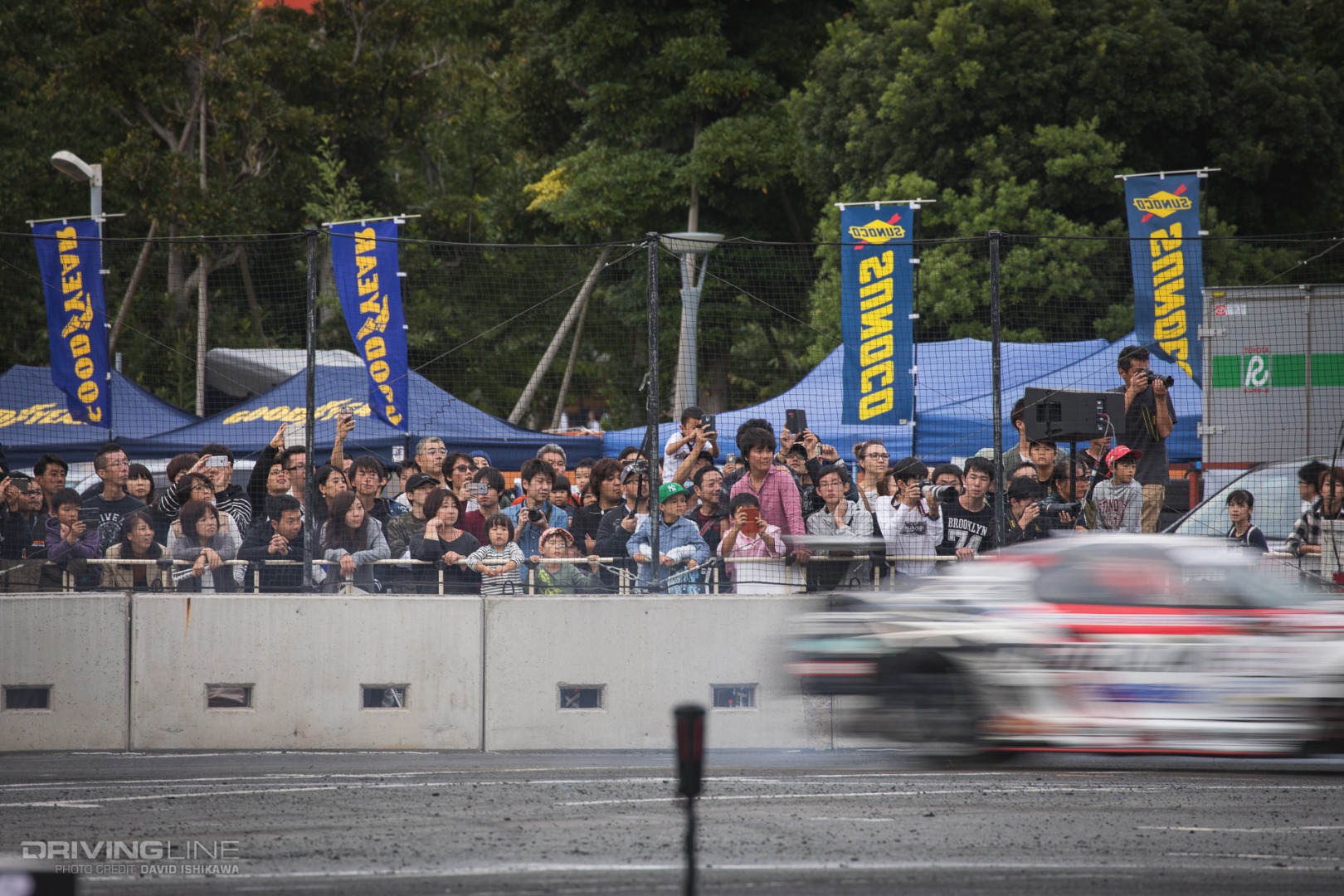
The Future of D1
There might be a reason D1 is more like a production: its target audience. Let me explain. While the fans who regularly attend D1 events in Japan might become disinterested watching the same drivers battling it out with the same results year after year, there's no denying that for the international audience, there will always be interest watching legends over watching unknowns. The international audience likes what it sees as it is, so why change anything?
No matter what people might think about the D1 Grand Prix, we still love drifting. It's still amazing watching professional drivers place their cars inches away from each other with apparent ease. There are new drivers slowly working their way to the top with a lot of legends proving that they still have what it takes to be part of the drifting elite.
Have thoughts on D1 or drifting in general? We'd love to hear them. Let us know if you'd like to see more D1 event coverage in the future.
